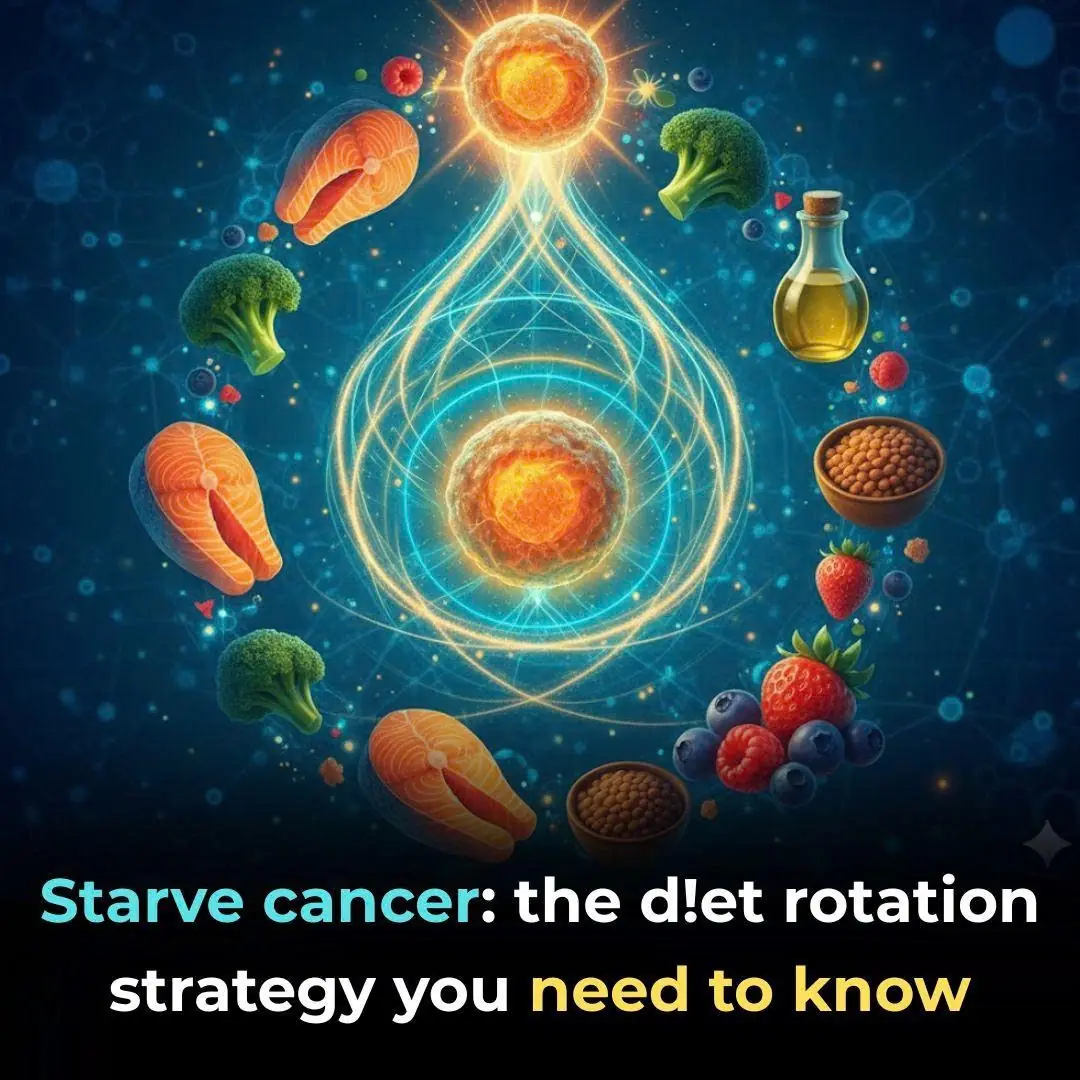
The Body Will Give You These 10 Signs If Your Kidney Is In Danger

Your kidneys may be among the smallest organs in your body, but they perform one of the most vital tasks: filtering waste and toxins from your blood. Every single day, these bean-shaped powerhouses filter an astonishing 20 to 150 quarts of blood to produce just 1 to 2 quarts of urine—removing extra fluids, chemicals, and metabolic waste that your body cannot use. Without healthy kidneys, your body would quickly become overwhelmed by toxins.
Each kidney contains nearly one million microscopic filtering units called nephrons, which work tirelessly to clean your blood. Typically, humans are born with two kidneys, located just beneath the rib cage on either side of the spine. While you can survive with only one kidney, doing so can place extra strain on the organ, and over time this can lead to complications such as high blood pressure or, in severe cases, kidney failure that requires dialysis.
According to the Centers for Disease Control and Prevention (CDC), about 1 in 10 adults in the United States—that’s more than 20 million people—have some degree of chronic kidney disease (CKD). Even more concerning, many people don’t realize they have a kidney problem until it has reached an advanced stage, because symptoms often develop slowly and subtly.
Why Chronic Kidney Disease Is on the Rise
Experts point out that CKD often develops silently. Many individuals with seriously damaged kidneys experience few or no symptoms until their condition becomes critical—sometimes when hospitalization or dialysis is already required. Factors such as rising diabetes rates, high blood pressure, obesity, and sedentary lifestyles have also fueled a global increase in kidney disease.
What Causes Chronic Kidney Disease?
Chronic kidney disease typically develops when another condition damages the kidneys over time, gradually impairing their ability to filter blood effectively. This damage can take months or even years to accumulate.
The most common causes of CKD include:
-
Diabetes (Type 1 and Type 2) – Excess blood sugar can damage the delicate blood vessels inside the kidneys.
-
High blood pressure (hypertension) – Constant pressure can strain and scar kidney tissue.
-
Glomerulonephritis – Inflammation of the tiny filtering units (glomeruli) in the kidneys.
-
Interstitial nephritis – Inflammation of the kidney tubules and surrounding tissues.
-
Polycystic kidney disease (PKD) – A genetic disorder that causes cysts to form inside the kidneys.
-
Urinary tract obstructions – Blockages from kidney stones, enlarged prostate, or tumors.
-
Vesicoureteral reflux – A condition that causes urine to flow backward into the kidneys.
-
Recurrent kidney infections (pyelonephritis) – Repeated infections that scar kidney tissue.
If you notice any unusual symptoms that could point to kidney distress, it’s essential to consult your doctor immediately. A simple blood test (for creatinine or GFR) or urine test (for protein or blood) can detect early signs of kidney damage before serious complications arise.
10 Warning Signs Your Kidneys May Be Struggling
According to the National Kidney Center (NKC), these are the most common warning signs that your kidneys may not be functioning properly:
10. Changes in Urine
Your urine offers some of the clearest clues to kidney health. Pay attention if you notice:
-
Pain or pressure while urinating
-
Foamy or bubbly urine (indicating protein leakage)
-
Dark-colored urine or decreased urination
-
Very pale urine and more frequent trips to the bathroom
-
Frequent nighttime urination
Any sudden or persistent change in urine color, odor, or frequency warrants a check-up.
9. Swelling in the Hands, Feet, or Face
Kidneys help regulate fluid balance. When they can’t remove excess water effectively, fluid accumulates in the tissues, leading to swelling—especially around the eyes, ankles, or joints. Puffy eyes in the morning are a classic sign of protein leakage due to kidney dysfunction.
8. Shortness of Breath
When kidney function declines, extra fluid can build up in the lungs, making it harder to breathe. Additionally, low oxygen levels in the blood (from anemia related to poor kidney function) can cause fatigue and breathlessness, even during light activity.
7. Persistent Skin Rashes or Itchiness
When toxins build up in the bloodstream, your skin may try to help eliminate them, leading to dryness, rashes, or itchiness. Severe cases can even cause small sores. While topical creams may provide temporary relief, the root cause must be addressed—your kidneys.
6. Metallic Taste or Bad Breath
An accumulation of waste products in the blood can alter your sense of taste, leaving a metallic or ammonia-like flavor in your mouth. This buildup can also cause halitosis (bad breath) and reduce your appetite, leading to unintentional weight loss over time.
5. Dizziness and Poor Concentration
Healthy kidneys ensure proper oxygen flow by supporting red blood cell production. When they fail, oxygen levels drop, leading to dizziness, poor focus, brain fog, or confusion. These symptoms are often linked to anemia—a common complication of kidney disease.
4. Lower Back or Side Pain
Because your kidneys are located near the lower back, pain in this region—especially on one side—can indicate an infection, kidney stones, or inflammation. The pain might radiate to your sides or legs and can range from dull aches to sharp, stabbing sensations.
3. Fatigue and Weakness
Your kidneys produce erythropoietin (EPO), a hormone that signals your bone marrow to make red blood cells. When kidney function declines, less EPO is produced, resulting in fewer red blood cells and less oxygen delivery throughout your body. The outcome: persistent tiredness and muscle weakness. Chronic fatigue should never be ignored.
2. Nausea and Vomiting
As toxins accumulate in the bloodstream, they can irritate your digestive tract, triggering nausea, vomiting, and loss of appetite. These symptoms often appear in advanced kidney disease and can accompany abdominal or back pain, especially in cases of infection.
1. Feeling Cold or Chills
Damaged kidneys can interfere with EPO production, causing anemia. As a result, your blood carries less oxygen, making you feel unusually cold—even in warm environments. If you find yourself constantly chilled or shivering without reason, it’s worth checking your kidney function.
How to Keep Your Kidneys Healthy
Fortunately, many kidney problems are preventable. The National Institute of Diabetes and Digestive and Kidney Diseases (NIDDK) recommends the following steps to maintain optimal kidney health:
-
Control blood sugar levels — especially if you have diabetes.
-
Maintain a healthy blood pressure — ideally below 120/80 mm Hg.
-
Eat a balanced diet — Limit excessive protein, sodium, and processed foods. Increase fruits, vegetables, and whole grains.
-
Get regular check-ups — Annual blood and urine tests can detect early issues before symptoms appear.
-
Use medications wisely — Overusing painkillers like ibuprofen or naproxen can harm the kidneys.
-
Stay hydrated — Adequate water intake helps flush out toxins.
-
Don’t smoke — Smoking constricts blood vessels, reducing blood flow to the kidneys.
-
Exercise regularly — Physical activity supports heart and kidney health.
Final Thoughts
Your kidneys are quiet heroes—working 24 hours a day to keep your body clean and balanced. Unfortunately, they rarely give clear warning signs until significant damage has occurred. That’s why awareness and prevention are key.
By recognizing early symptoms, making healthy lifestyle choices, and scheduling routine screenings, you can protect your kidneys and ensure they continue doing their life-saving work for decades to come.
News in the same category


SHOCKING NEW STUDY REVEALS WHAT MIGHT BE SILENTLY DESTROYING HUMAN FERTILITY

POPULAR SHAMPOO URGENTLY RECALLED BECAUSE IT CONTAINS BACTERIA THAT KILLS UP TO ONE IN TEN PATIENTS

Nurse who's witnessed 'so many deaths' explains spine-chilling moment she realised 'what happens after we die'
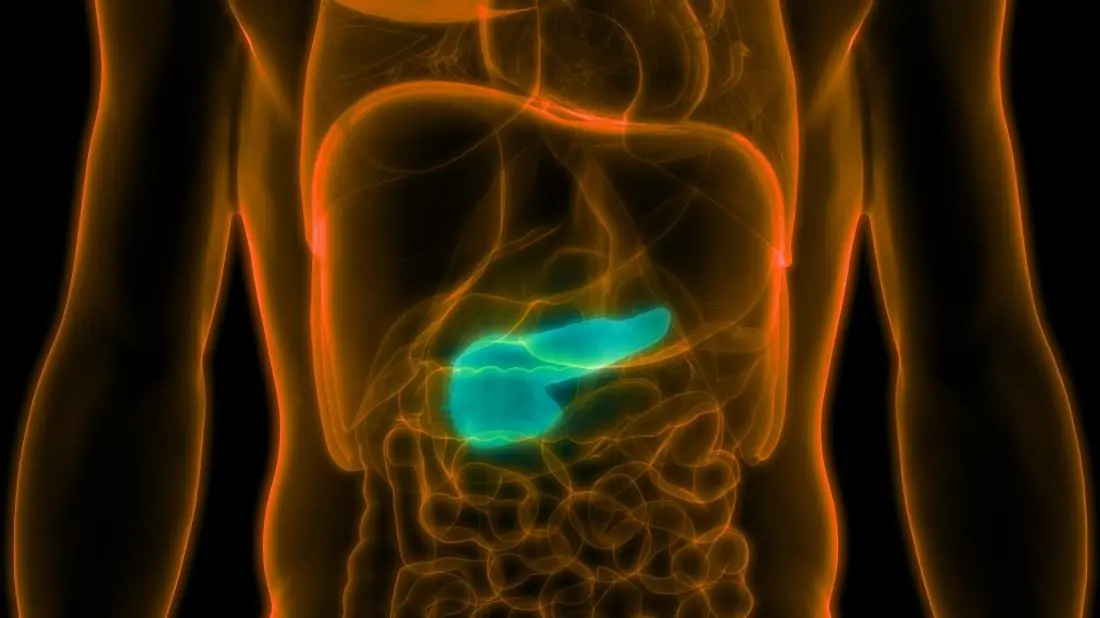
The influenza flu virus is being used to cure pancreatic cancer
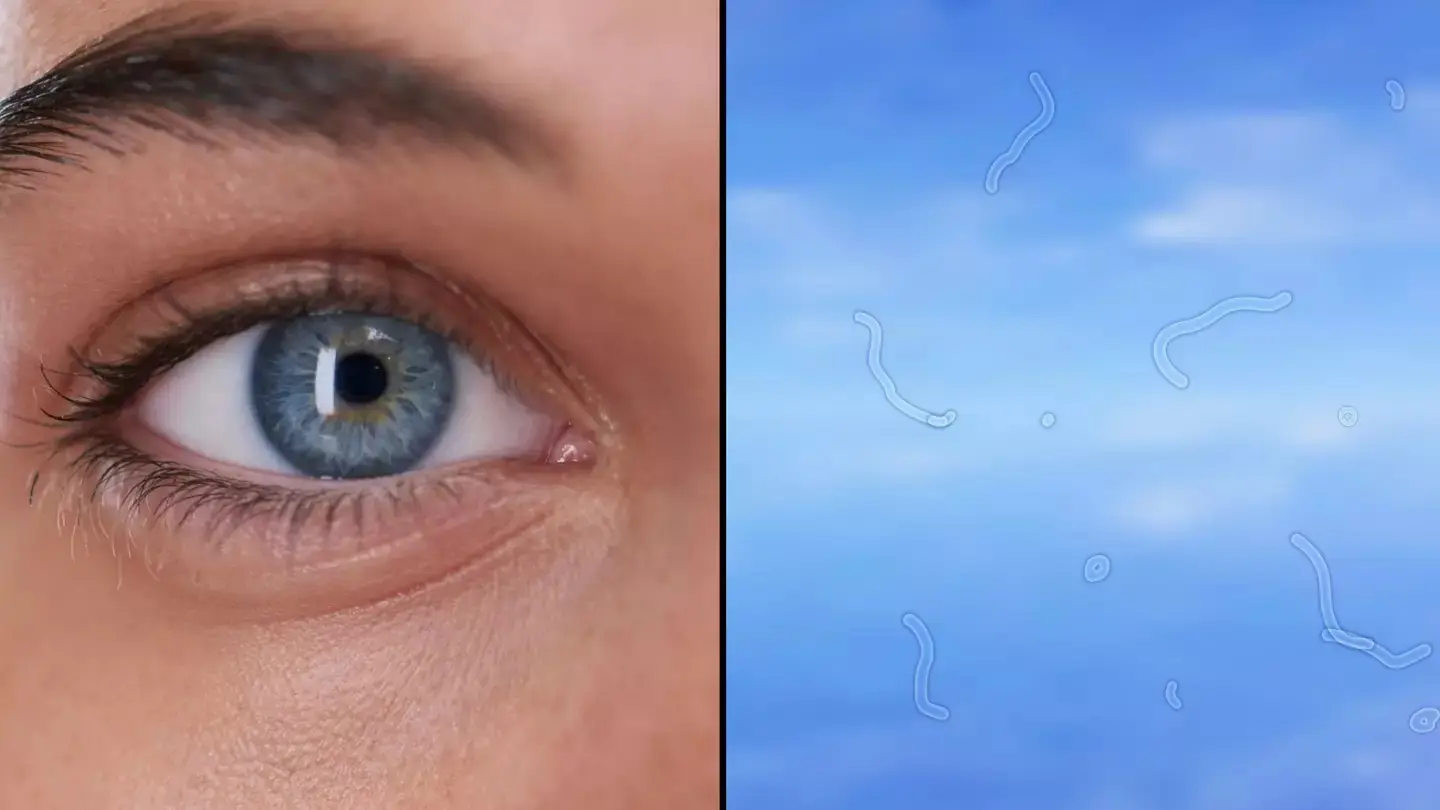
Eye Doctor Reveals What To Do If You Start Seeing ‘Floaters’
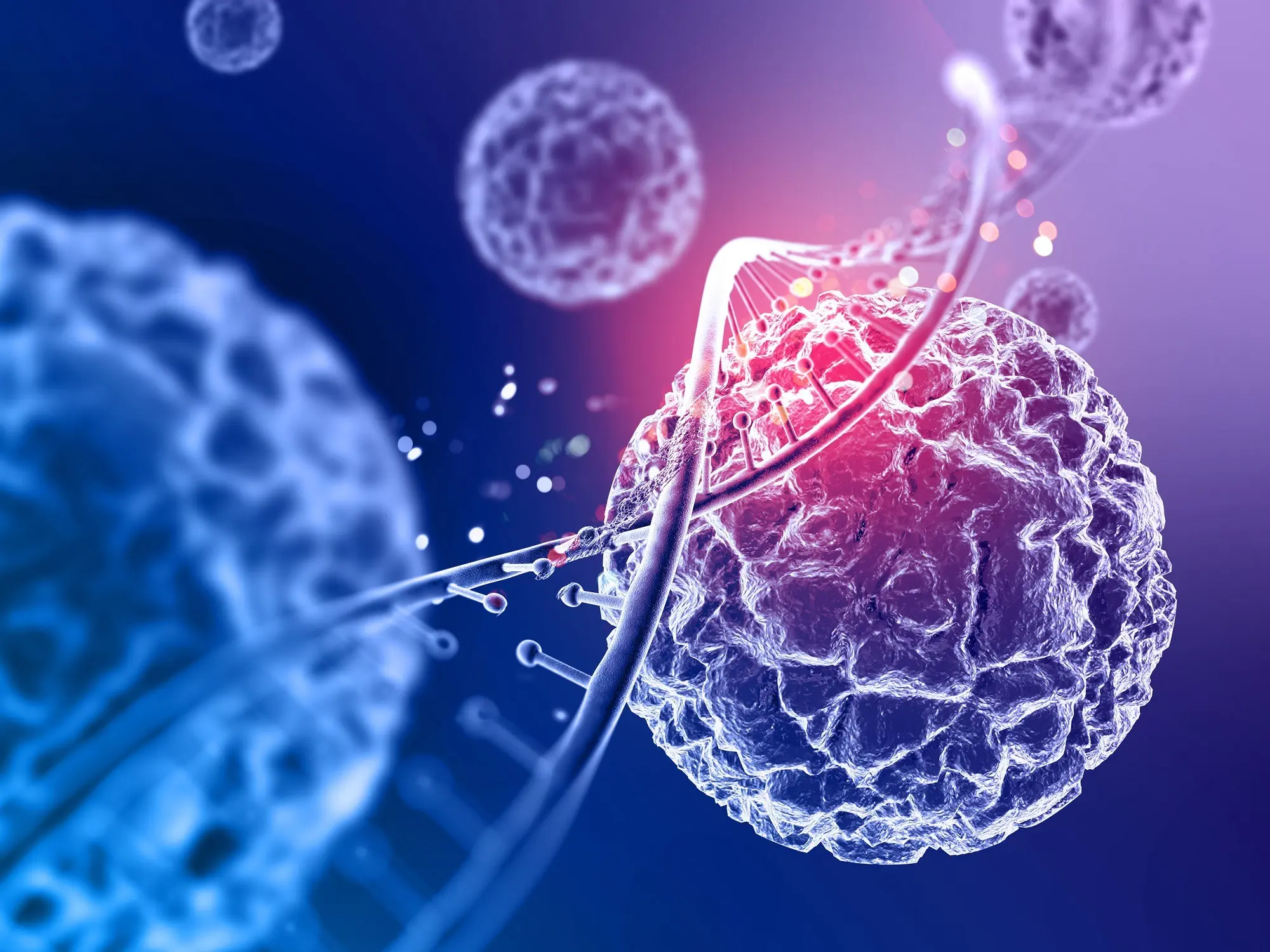
If cancer cells are present in the body, these 3 symptoms often appear in the morning everyone should pay attention

3 foods you thought were bad for diabetes (but aren’t!)
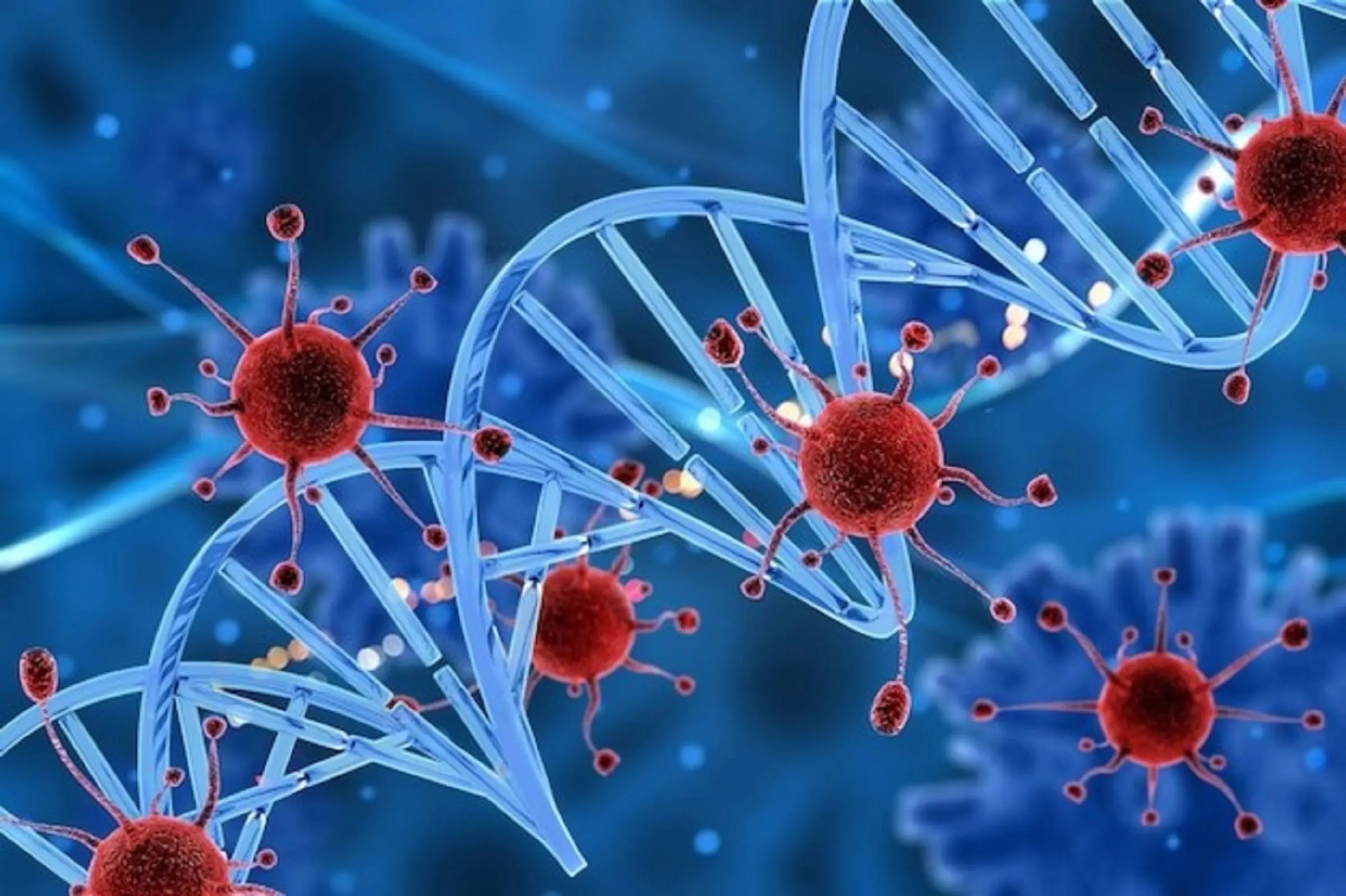
CANCER IS PAINLESS AT FIRST, BIT IF YOU SEE THESE 8 SIGNS WHEN GOING TO THE TOILET, YOU SHOULD SEE A DOCTOR IMMEDIATELY
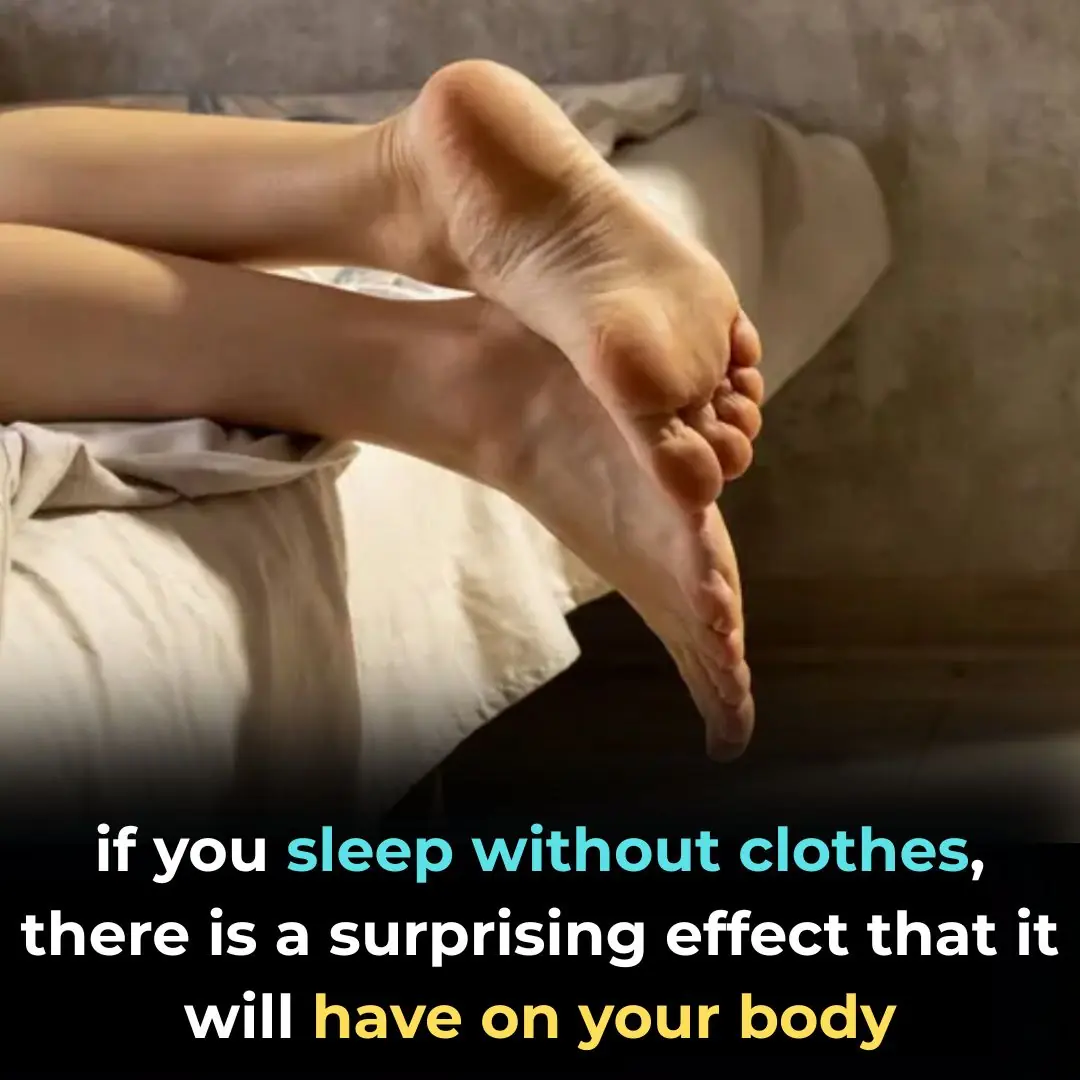
Sleeping Naked: 8 Surprising Benefits

What Happens To Your Skin When You Rub An Ice Cube On Your Face
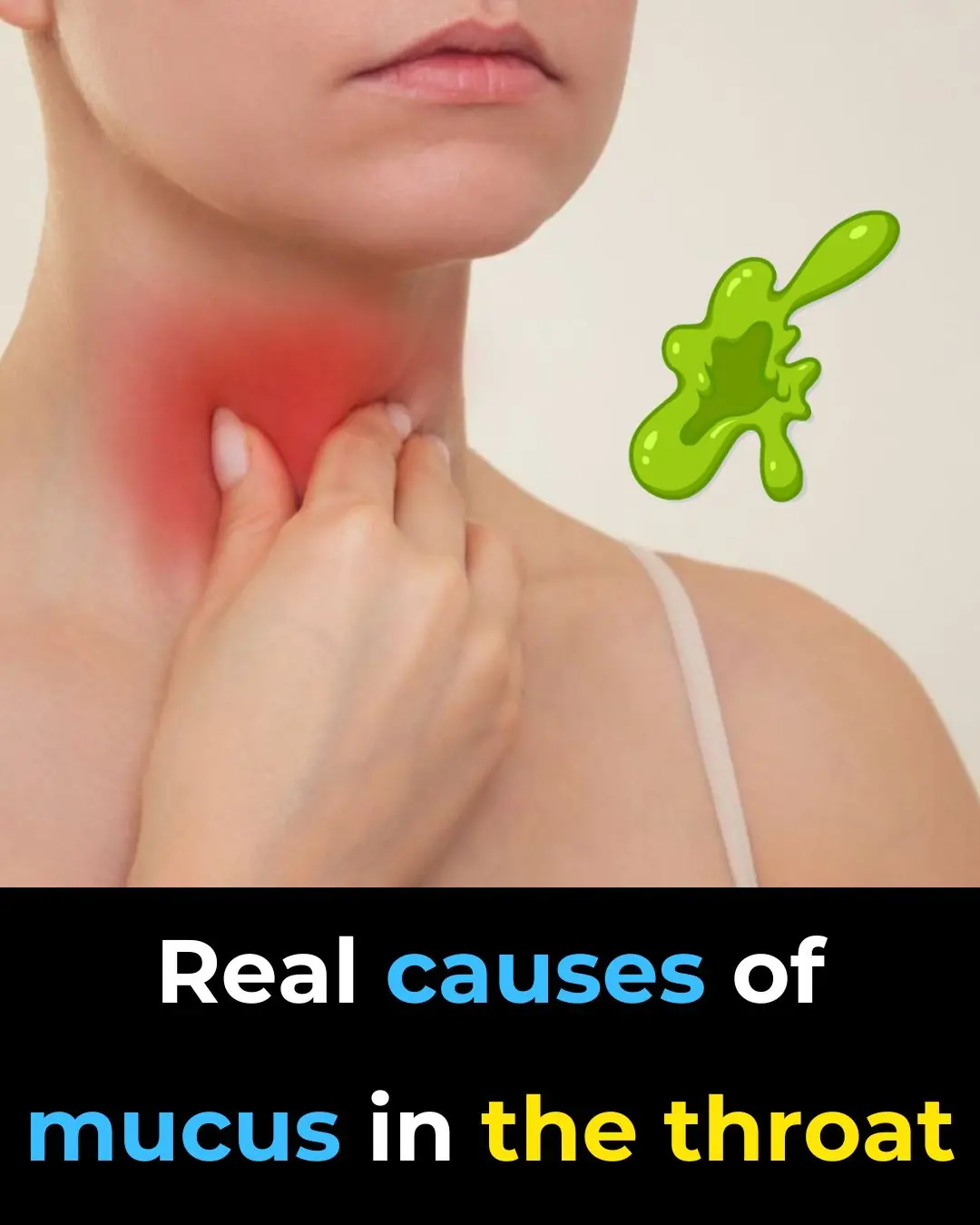
🤢 The Real Causes of Constant Phlegm and Mucus in Throat — And How to Get Rid of It

The Tennis Ball Trick That Can Relieve Back, Neck Or Knee Pain In Seconds
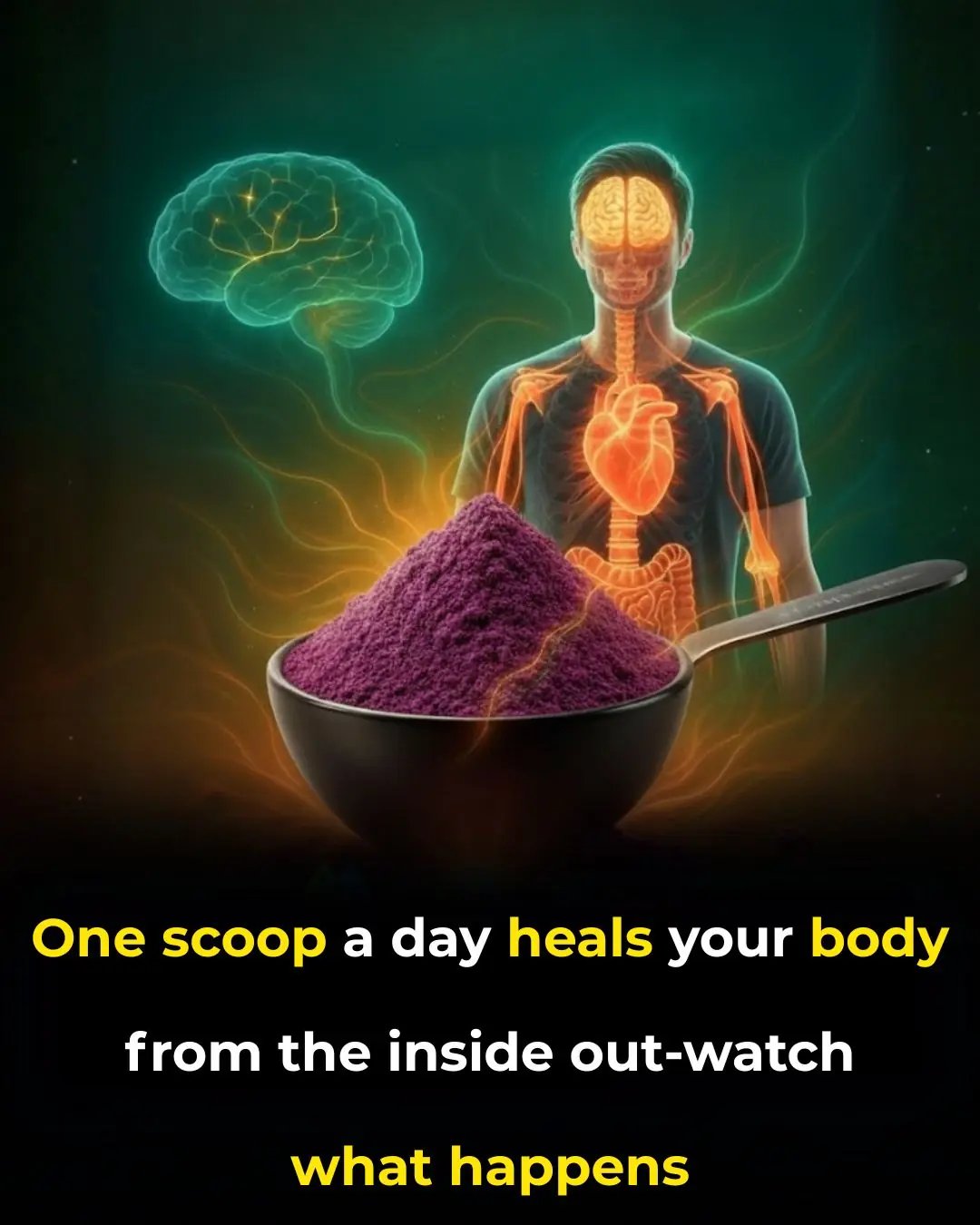
One scoop a day heals your body from the inside out — watch what happens
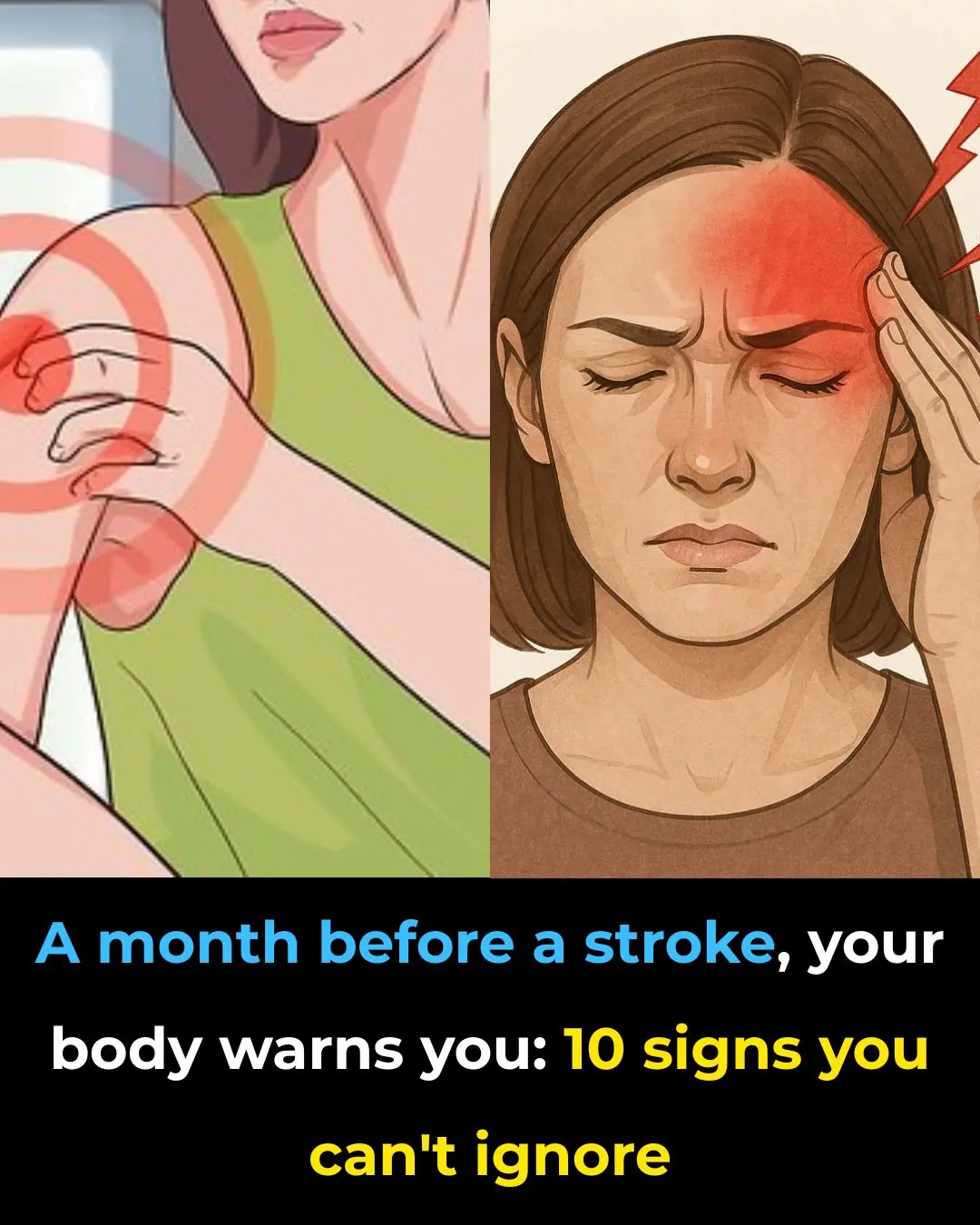
🧠 A Stroke Can Happen Suddenly — But Your Body Might Send Early Warnings (Know the Signs)
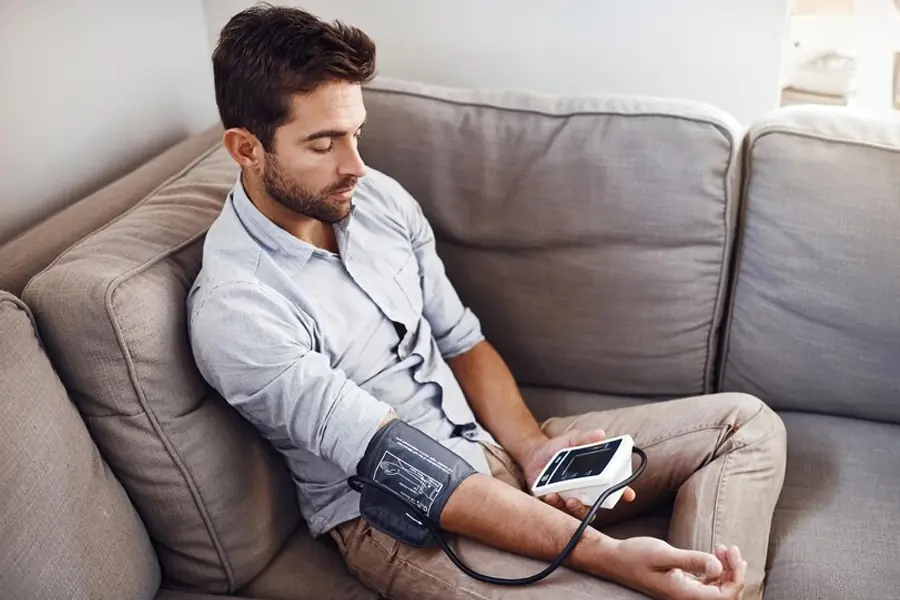
Are You Being Lied To About What Your Blood Pressure Should Be? — Read This Before You “Chase the Number”
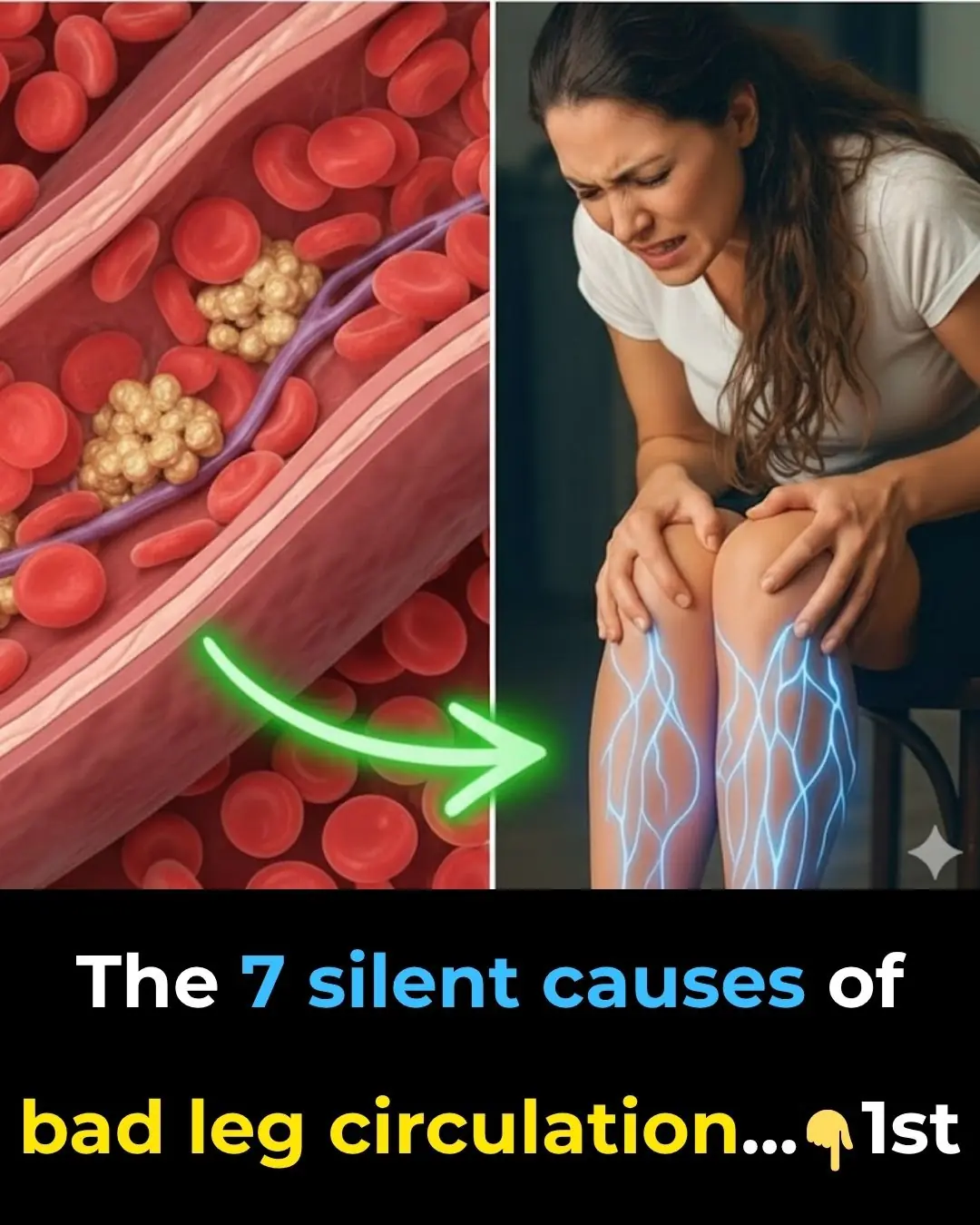
The 7 silent causes of bad leg circulation
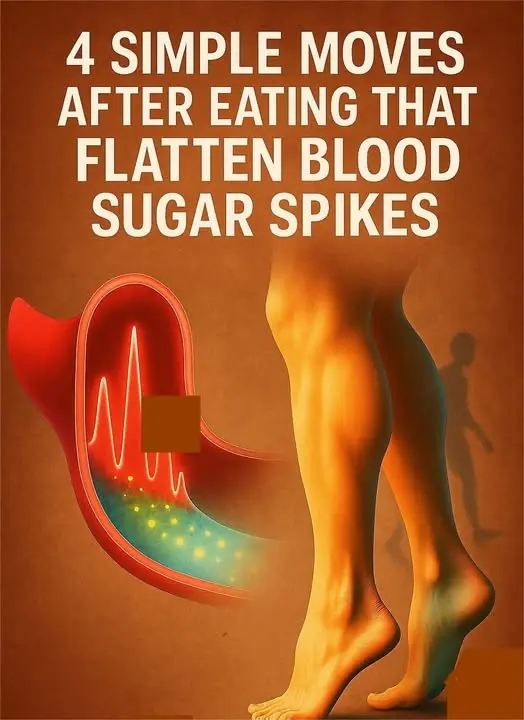
4 simple moves after eating that flatten blood sugar spikes

This Miraculous Drink Will Work Wonders for Your Thyroid
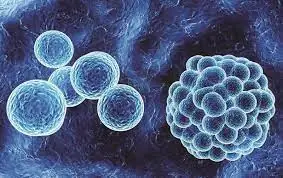
This Starves Colon Cancer Cells — and Strengthens Your Body’s Natural Defenses
News Post
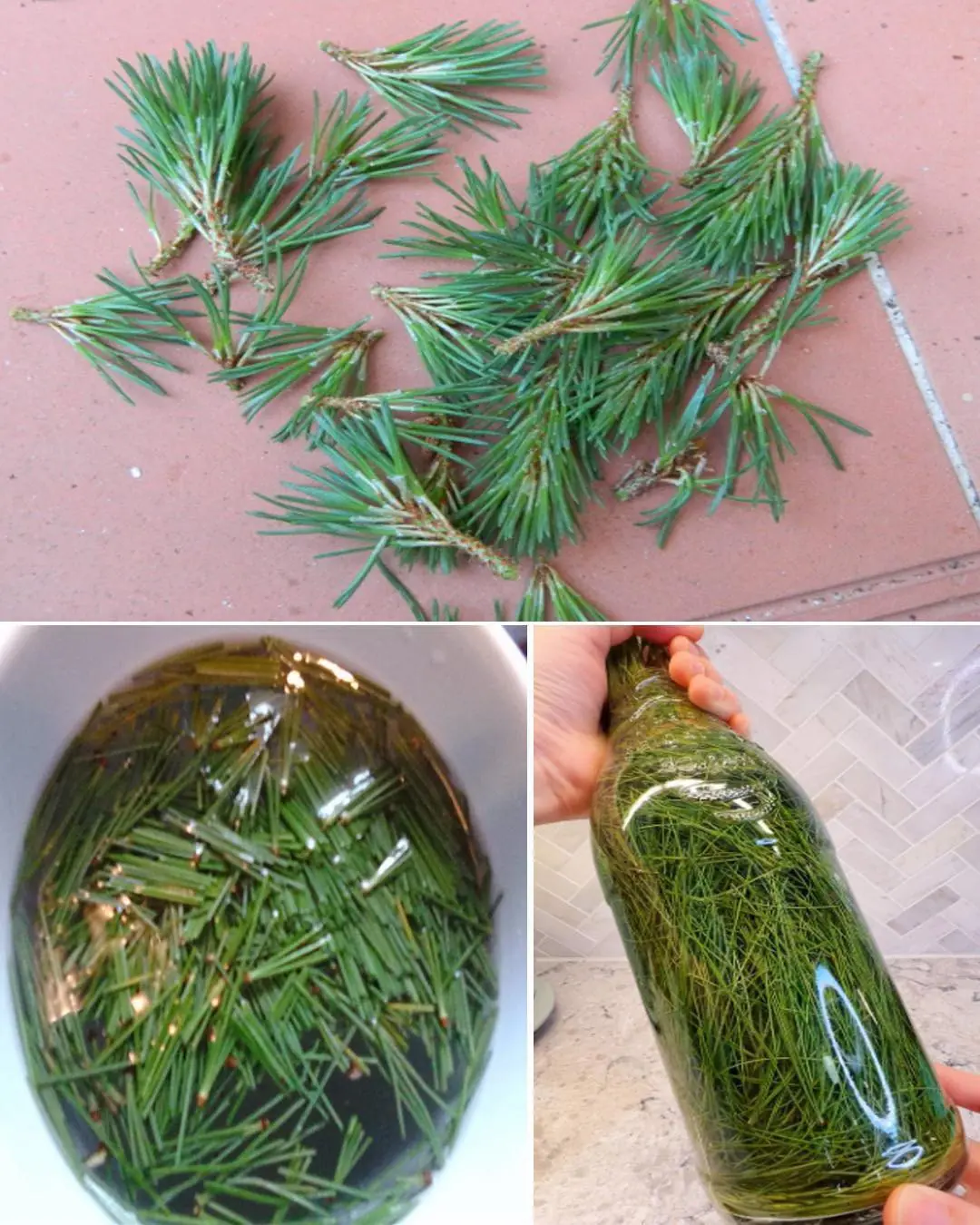
9 Health Benefits of Pine Needles

Unlock The Incredible Health Benefits of Garlic, Ginger and Lemon for Men

A special method to grow garlic in plastic bottles

7 Benefits of the Miracle Leaf of Life

7 Amazing Health Benefits of Banana Blossoms

Boiling Sweet Potatoes: Don’t Just Add Plain Water—Add This Spoonful for Perfectly Fluffy, Sweet Results

The Science Behind Putting a Cotton Swab in a Menthol Oil Bottle
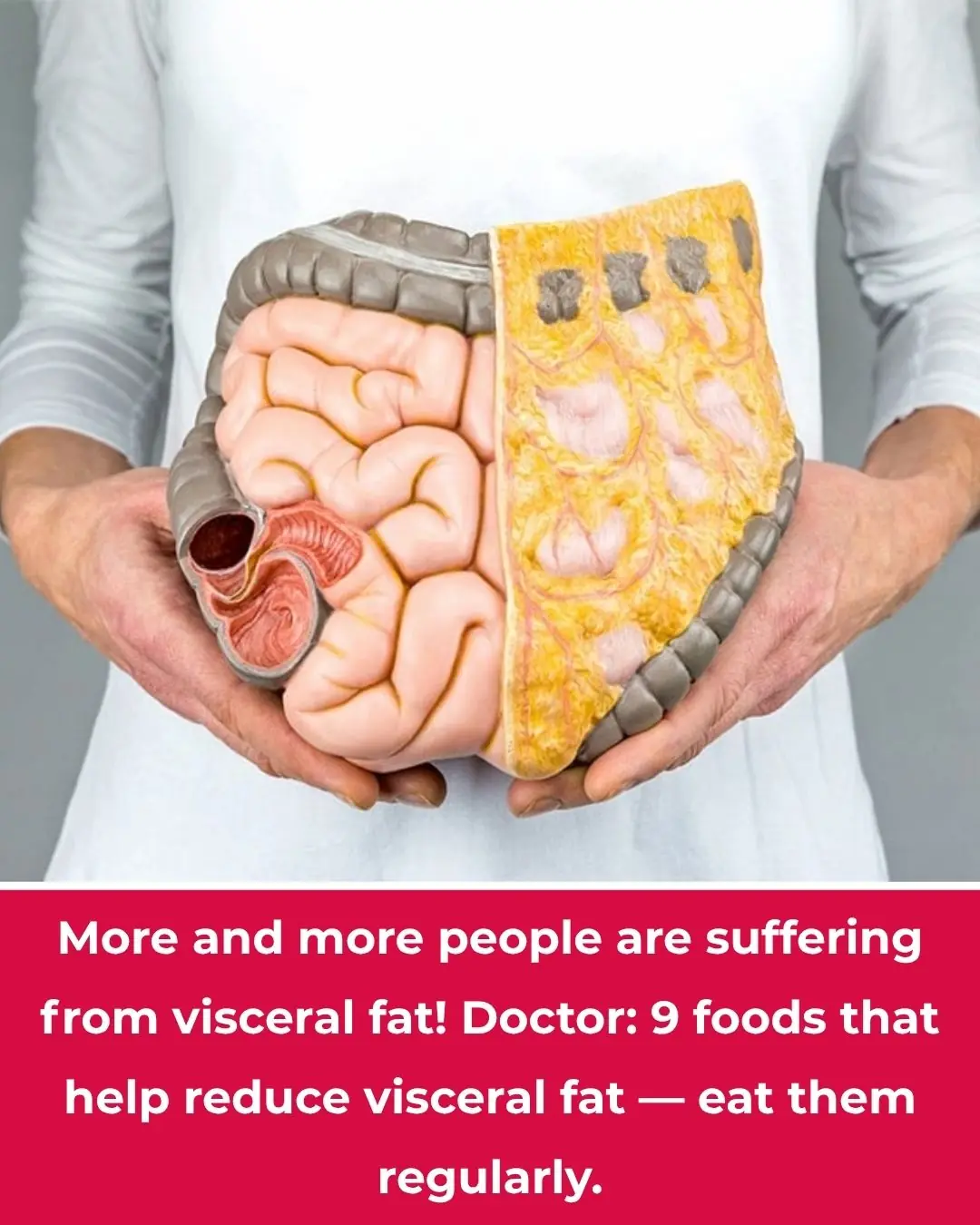
More People Are Struggling with Visceral Fat — Doctors Reveal 9 Foods That Help Burn It Naturally

Black Turmeric vs. Yellow Turmeric: Which One Is Better?

Starve cancer: the diet rotation strategy you need to know
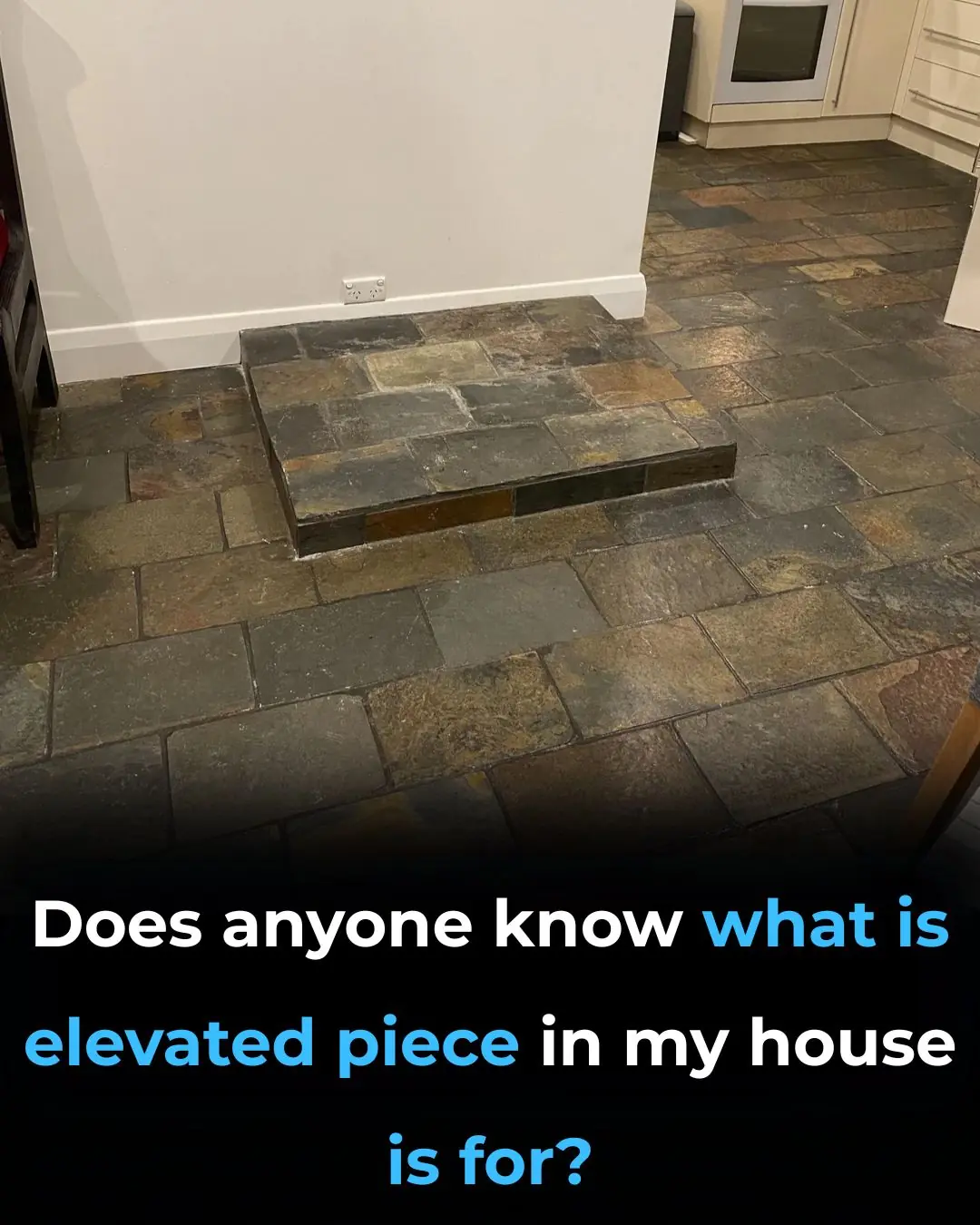
Like to see more from Tips for the Home

💪 Sarcopenia: Why Muscle Loss Happens & How to Fight It (After 50)
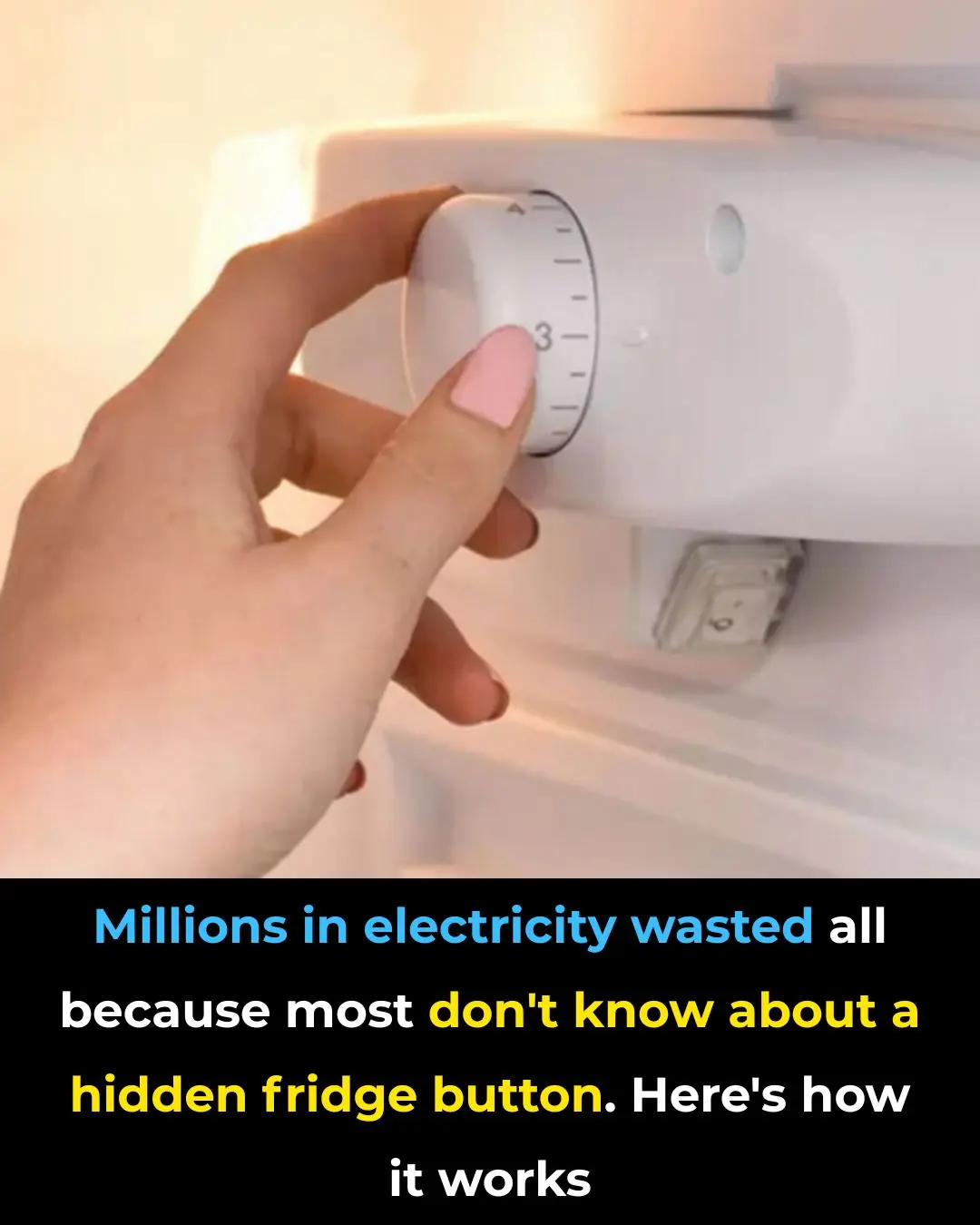
I Had No Idea About This!

These Ideas Are Amazing: 10 Clever Ways to Use Dryer Sheets Beyond the Laundry Room

Most Don’t Know: 13 Brilliant Ways to Use WD-40 Around the House
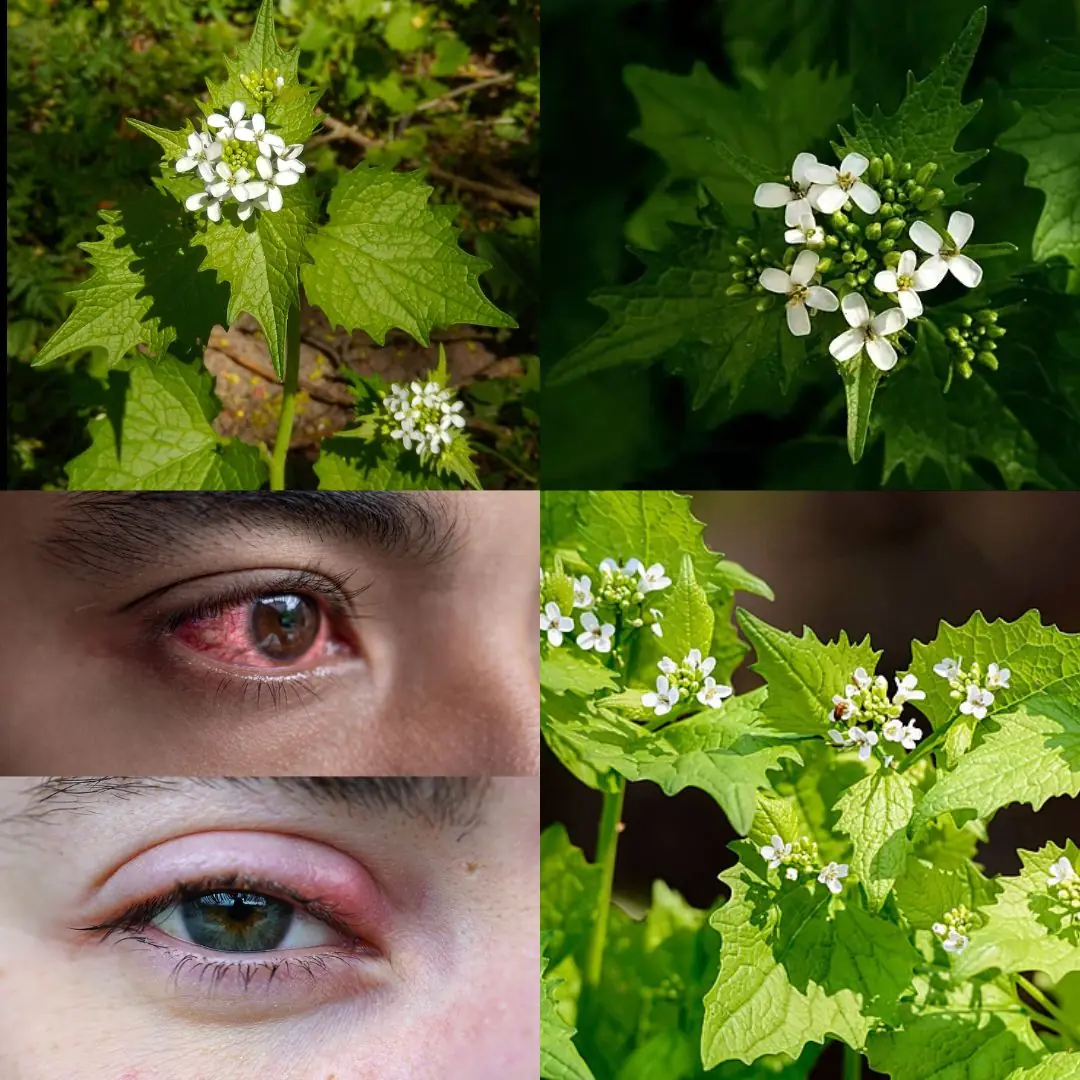
Garlic Mustard: The Overlooked Herb That Can Boost Your Health — Especially Your Eyes

SHOCKING NEW STUDY REVEALS WHAT MIGHT BE SILENTLY DESTROYING HUMAN FERTILITY

POPULAR SHAMPOO URGENTLY RECALLED BECAUSE IT CONTAINS BACTERIA THAT KILLS UP TO ONE IN TEN PATIENTS
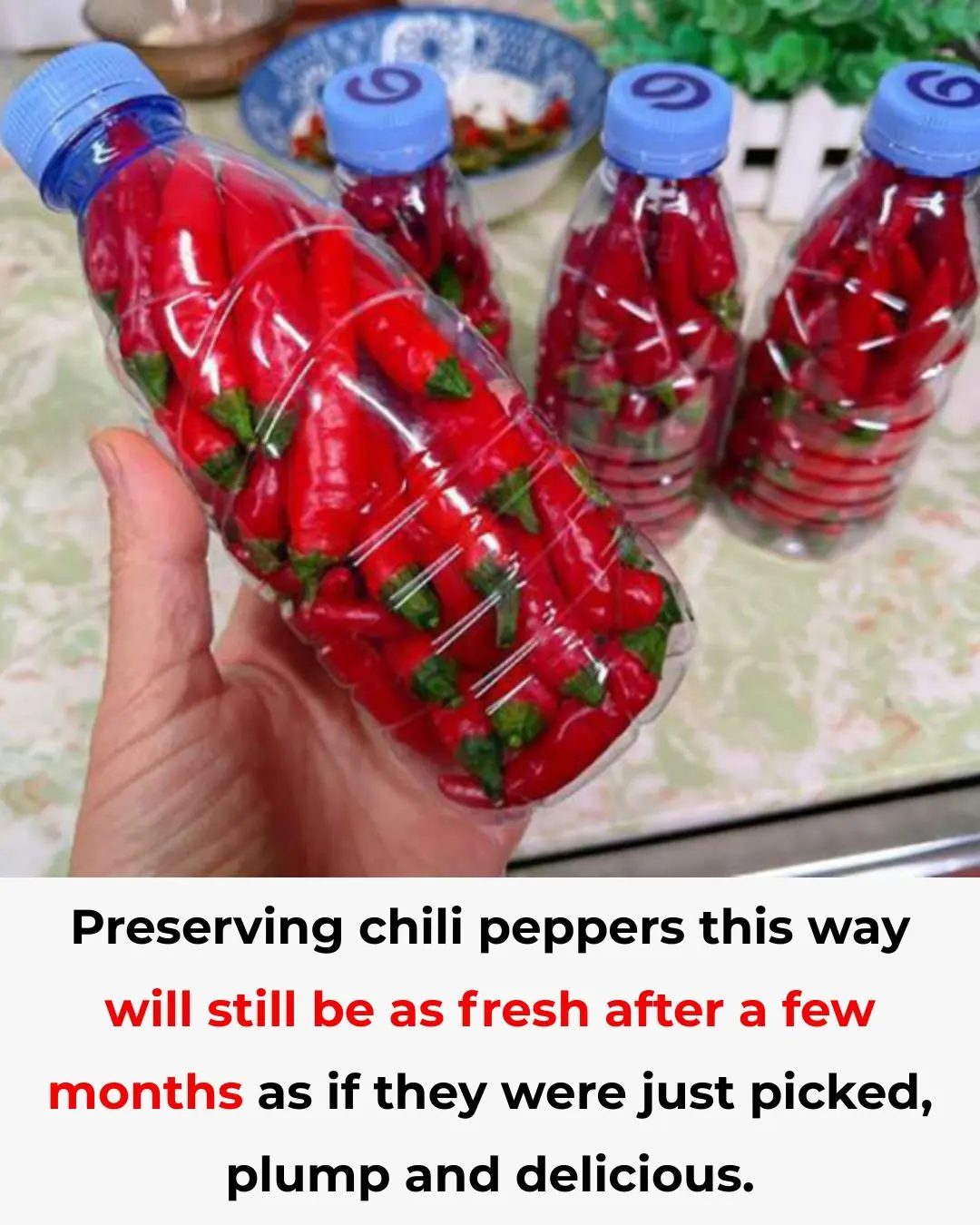
How to Store Chili Peppers So They Stay Fresh, Juicy, and Flavorful for Months
